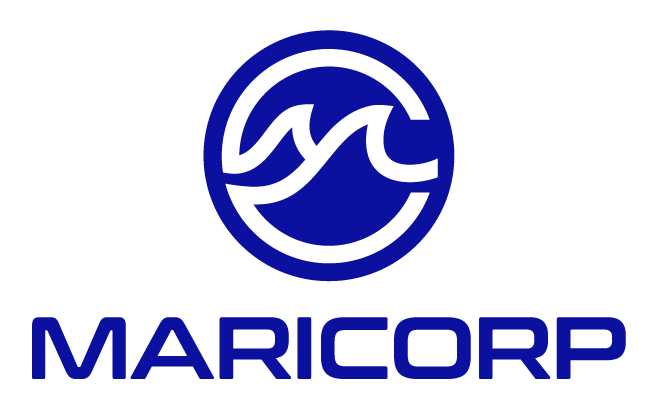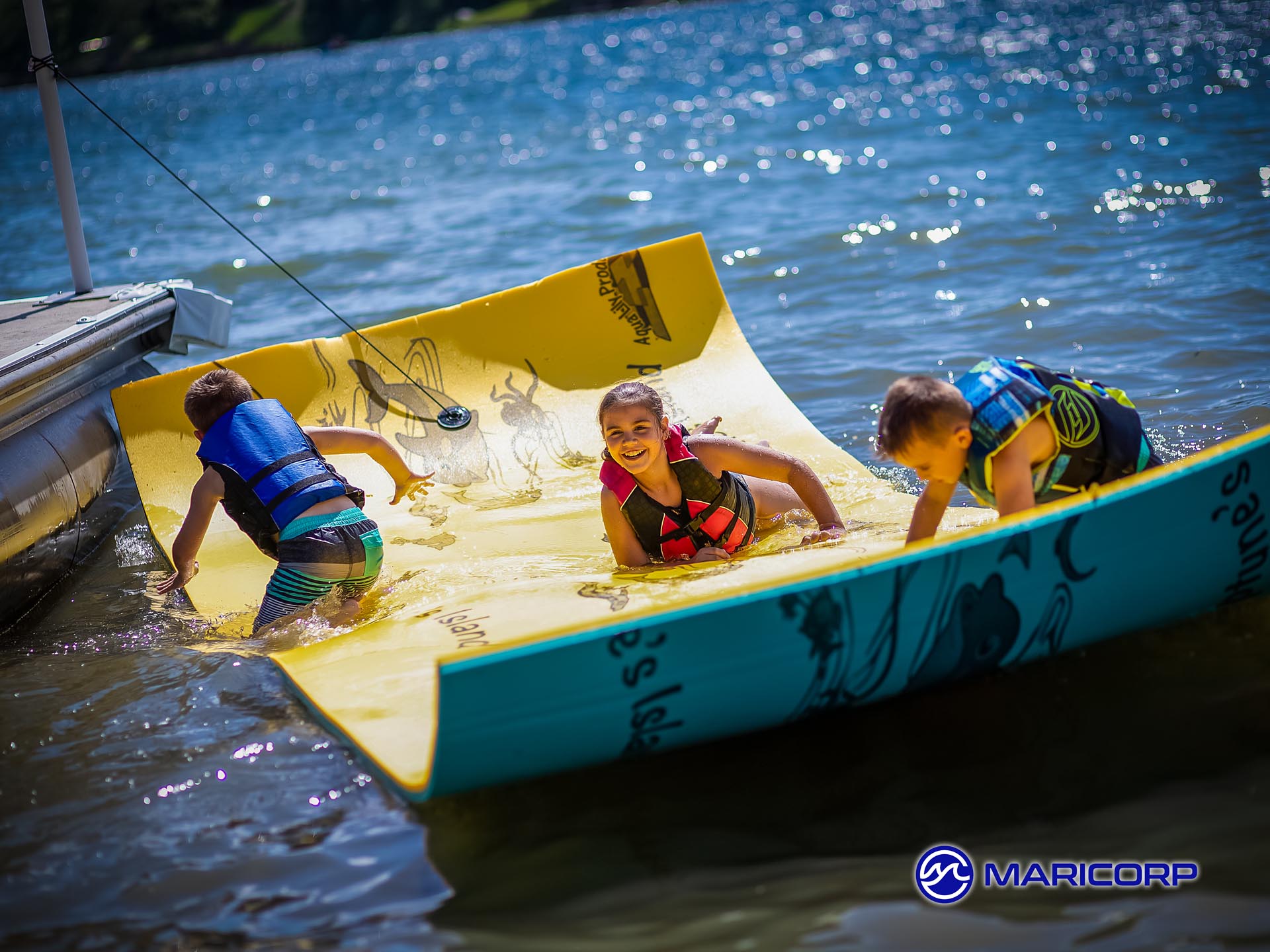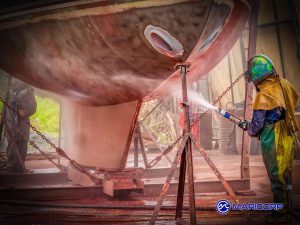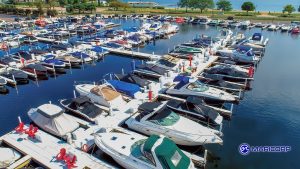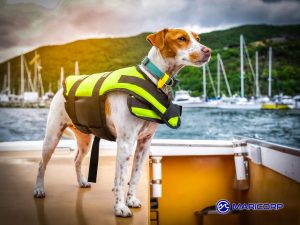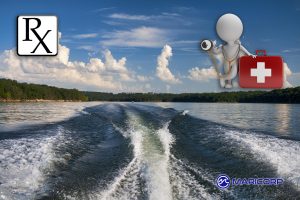Kids on the Water Boating Guide
Introducing children to boating can be one of the most rewarding parts of summer. From their first time donning a life jacket to learning the basics of knots and navigation, kids on the water gain confidence, curiosity, and respect for marine environments. For marinas, charter captains, and recreational boaters, making outings fun, safe, and educational ensures families return with lasting memories—and the desire to come back year after year.
This guide helps parents, guardians, and marina operators support safe adventures by balancing entertainment with age-appropriate training and structure. Whether on lakes, rivers, or the open sea, there are dozens of ways to make boating with children meaningful and manageable.
Start with Age-Appropriate Safety Measures
Safety comes first when it comes to kids on the water. Children should always wear properly sized, U.S. Coast Guard-approved life jackets when on docks or boats. According to the U.S. Coast Guard Boating Safety Division, federal law requires life jackets for all children under 13 while underway, but marina operators should consider posting signage that encourages wearing them at all times near the water.
Fit matters. A life jacket that’s too loose can slip off in the water; one that’s too tight may discourage kids from keeping it on. Safe Kids Worldwide provides a guide for selecting and testing life jackets for children of different sizes.
Marina staff can contribute by offering:
- Loaner stations with labeled children’s PFDs
- Demonstration events showing parents how to test for fit
- Printed safety tip sheets for families renting boats
Assign Roles and Responsibilities
Boating with children is more than just passive entertainment—it’s a chance to build trust, awareness, and responsibility. Even toddlers can have small “jobs” aboard a vessel. Examples include:
- Calling out when buoys are spotted
- Coiling lines after docking
- Handing out water bottles or checking off safety checklists
This sense of participation gives young passengers confidence and a stronger connection to what’s happening around them. Programs like AquaSMART Boating offer age-specific lessons on personal safety, boat behavior, and environmental awareness.
Older kids and teens may be ready for junior boating classes, navigation basics, or through the BoatUS Foundation’s Kids Afloat Program.
Make the Marina Welcoming to Families
Marinas that cater to families create a positive atmosphere that encourages return visits. A few small changes can make a big difference:
- Add shaded waiting areas or picnic tables with games
- Set up kid-safe zones near docks away from heavy traffic
- Post kid-friendly signage, like cartoon fish or mascot safety guides
- Provide coloring sheets or knot-tying cards at the office
Offering basic first aid kits with children in mind—like sunscreen, kid-size bandages, and electrolyte drinks—also shows attentiveness to the whole boating family.
Consider coordinating family-themed weekends with:
- “Touch-a-Boat” days where kids can explore different vessels
- Fishing tournaments for youth
- Environmental scavenger hunts
- Safety demonstrations from local water patrols
These events create experiences that are both fun and educational.
Turn Boat Rides into Learning Adventures
Children are naturally curious, and boating offers a rich environment to encourage learning. Incorporate small lessons throughout the day:
- Navigation: Teach kids how to read simple maps or charts, point out channel markers, or use a compass app to find direction.
- Wildlife: Bring binoculars and a logbook to spot birds, turtles, and marine mammals. Use online tools like NOAA’s Species Directory to identify what they see.
- Weather: Involve kids in checking weather apps and reading cloud formations to understand how boaters predict conditions.
- Knot Tying: Kids love mastering knots like the clove hitch, bowline, or square knot. Resources like Animated Knots by Grog offer kid-friendly illustrations.
Every trip can include a “Boating Badge” moment where they learn something new, even if it’s as simple as helping to rinse the deck.
Prepare for the Unexpected
Part of boating with children is preparing for boredom, accidents, or weather delays. A well-stocked boat bag should include:
- Snacks, refillable water bottles, and sun-safe hats
- Dramamine or motion sickness bands if prone to queasiness
- Waterproof cards, travel games, or coloring pads
- Child-specific sunscreen and bug spray
- A dry change of clothes and beach towels
- A whistle on a lanyard for each child (not as a toy, but for signaling)
Parents should designate a rotating “water watcher” using tips from Safekids.org, someone who monitors kids every minute they’re near or on the water, free from distractions.
Build Confidence Over Time
Introducing children to boating should be gradual. Start with short outings—an hour or two—and build up as their comfort grows. Give them some control over the itinerary (e.g., choosing the picnic spot or music) so they feel invested in the experience.
Local organizations such as the National Safe Boating Council often offer family-oriented events during the summer, including practice drills and introductory boating clinics. These events can help build skills in a low-pressure environment.
If your marina hosts boating clubs, consider forming a “junior captain’s club” or weekend meet-ups for families with similar-aged children. This creates social connections and lets kids learn by observing their peers.
Encourage Respect for the Environment
Children absorb the behavior modeled around them. Use time on the water to show them how boaters protect natural resources:
- Never throw anything overboard
- Use pump-out stations for head waste
- Pick up litter during shoreline stops
- Minimize wake in sensitive wildlife areas
Younger kids can join in “dock cleanups” or litter bingo. Older kids may want to take part in tracking marine debris using NOAA’s Marine Debris Tracker.
These habits reinforce that kids on the water are not just passengers—they’re stewards of the marine environment.
Support Through Marina Policy and Culture
Marinas can support family-friendly boating through policy and infrastructure. Consider:
- Offering discounted or priority slips for family boats
- Requiring visible child life jacket signage at pump-out and fuel stations
- Creating kid-friendly maps or “dock explorer” passports for visiting children
Include simple instructions in rental paperwork or briefings that guide adults on boating with children, such as:
- “Always have a child buddy system on board”
- “Assign a whistle to each child”
- “Keep electronics waterproof and out of reach”
These guidelines help families feel supported and ensure safe practices are followed universally.
Creating memorable boating adventures for kids is about more than just entertainment—it’s about cultivating safe habits, hands-on learning, and a lifelong love of water. With thoughtful planning, engaging activities, and marina-wide support, children become confident boaters, curious explorers, and responsible stewards of the water.
Whether you’re welcoming families at your marina or launching from your home dock, keeping kids on the water safe and involved makes boating more rewarding for everyone aboard.
Related Articles:
- Wear Your Life Jacket To Work Day 2025
- National Safe Boating Week 2025
- What I Learned Hosting Marina Days
- National Maritime Day 2025
- Celebrate “Kids to Parks Day” 2025
About MariCorp
Maricorp is one of the largest floating boat dock manufacturing and construction companies in the United States, specializing in galvanized steel floating docks and boat lift systems. With projects spanning coast-to-coast, Maricorp provides marina consultation and design, marine construction, marina repair and renovation, and boat dock disaster response and demolition.
